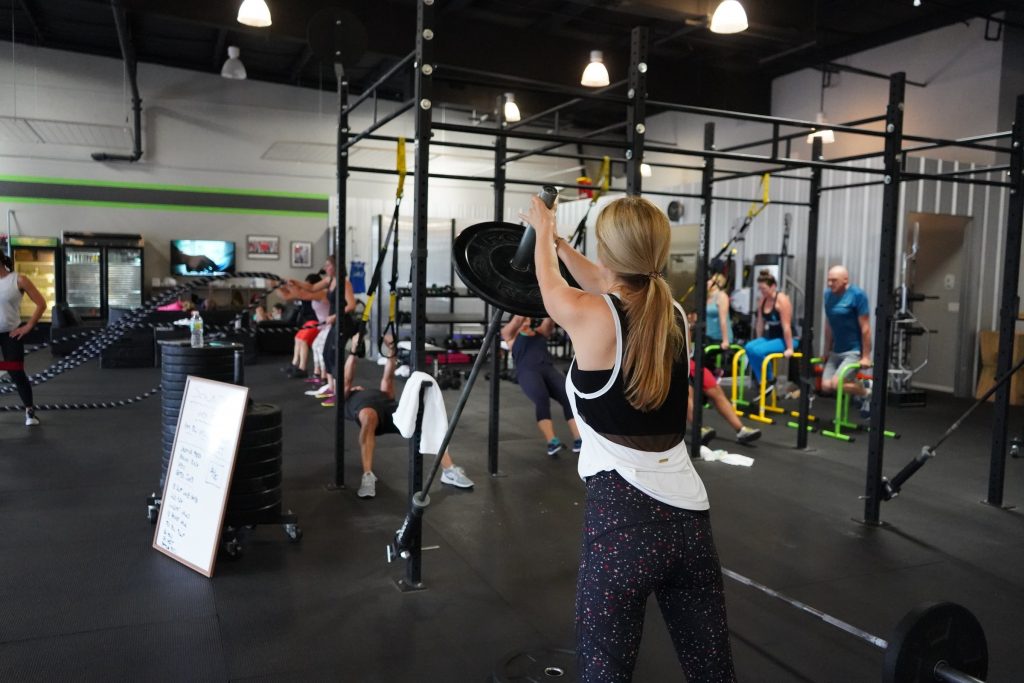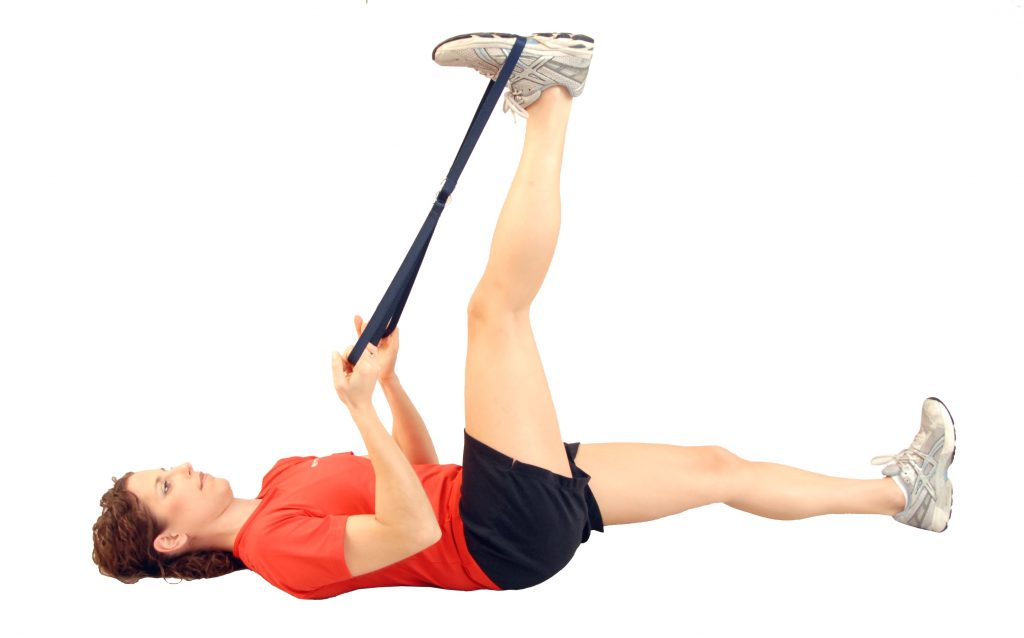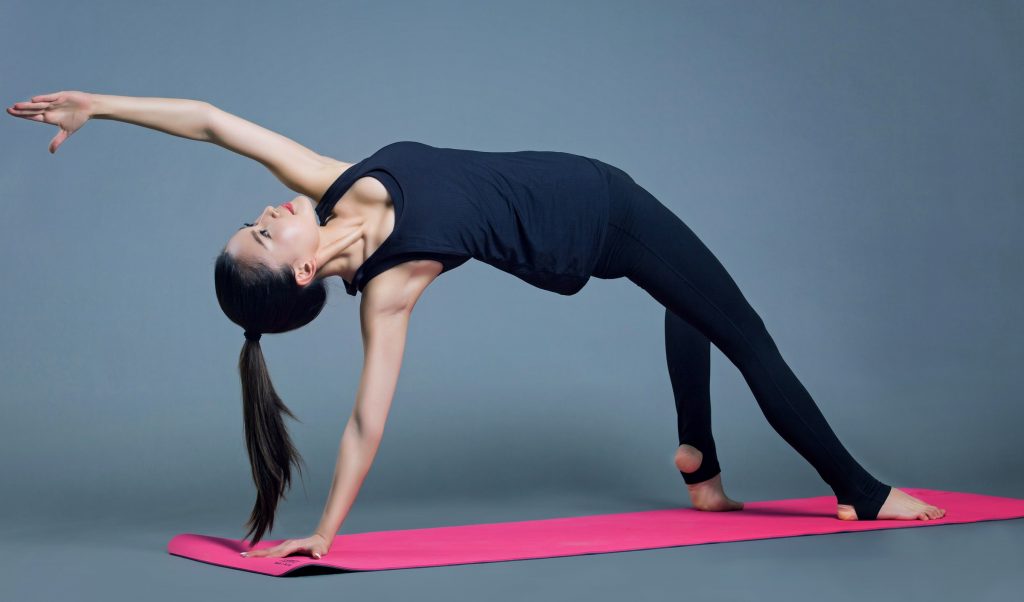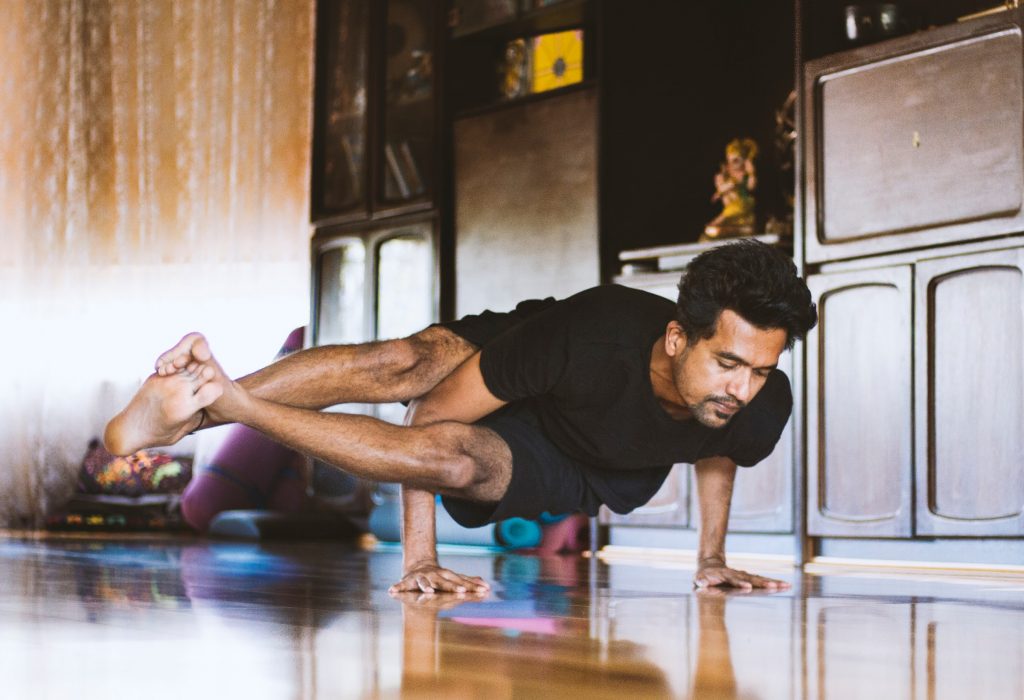Stretching before exercising is a common practice performed by both amateurs and professional athletes. The main question is, how much stretching is indeed essential?
Stretching of muscles allows sportspersons and fitness freaks to gain flexibility. This, in turn, increases their agility and the range of joint movement, which shows the muscle ability to bend, move, and twist.
If the need for flexibility differs from player to player. The gymnasts demand more flexibility as compared to runners. To know more about the relation between stretching and workout, keep reading further.

Variety of Stretches
Stretching the muscles before performing any exercises is of paramount importance. However, it doesn’t prevent any damage or enhance performance.
Enlisted below are the types of stretches you can go for before working out.
Static stretch
Pulling a muscle to the extent of moderate pain, usually for a minimum of 30 seconds or more, and maintaining that pose.
Dynamic stretch
Carrying out gentle arm motions, such as arm swings, where the range of movement is steadily expanded but still stays within the available range of motion
Proprioceptive neuromuscular facilitation (PNF)

Procedures differ, but PNF usually includes maintaining a flex as the muscle contracts and relaxes.
Ballistic or jumping stretches
It includes going into a sprint and doing jumping or stroking motions to improve the range of motion.
The majority of stretching research has concentrated on static stretching; other types have less verification.
Where to begin stretching from?
With a body having more than 600 muscles, it becomes quite overwhelming to stretch every muscle. You don’t have to stretch every possible muscle. Only the critical areas that induce movements, such as lower appendages, the hamstrings, calves, and hip flexors of the pelvis and thigh quadriceps. Stretching the upper body, shoulders, lower back, and neck is also useful.
Opt for a regular stretching routine or a minimum of 3 to 4 days a week. Seek a physiotherapist who can measure your muscles’ intensity and customize a strengthening programmed to meet your criteria.
If you have persistent problems such as arthritis or Parkinson’s disease, you’ll need your physician to clear up your latest stretching routine until you begin it.

Does stretching before exercise alter the performance?
Research shows that relaxing before a workout, even though you may feel more relaxed, causes the muscles to become slow and weak. “This will be dangerous during most performances,” says Dr. Ian Shrier, Associate Professor at the Department of Family Medicine, University of Montreal.
Stretching, though, also improves your range of movement. To do a full 180degree split, a ballerina might require a bit of stretching. And though she is weak, she will increase her results.
The stretch durations found in most regular exercisers’ warm-up workouts may yield marginal and temporary decreases in intensity. It is claimed that the performance loss from prior to exercise stretching has also been exaggerated.
Is there any benefit of holding a stretch?
Generally, there isn’t any benefit. Flexing a muscle to the greatest capacity of your capacity and keeping it for 15 to 20 seconds is what is considered a static stretch. And as far as you don’t extend until it bothers, there’s no risk in stretching in that direction.
But research indicates that a dynamic stretch is still just as successful and sometimes easier, particularly before your workouts.
How should I warm up?

The warm-up intends to brace for your chosen activity mentally and physically. It takes roughly ten minutes for a standard warm-up to include light aerobic movements and some stretching exercises that imitate the motions of the exercise you are just about to execute.
“Raising the muscle strength of these activities progressively during the warm-up will strengthen the body during the exercise itself for more extreme versions of the workout. This process will increase your heart rate and improve the blood circulation to your muscles, and in turn, warm them up.
Warm muscles will be less rigid and function more effectively. An increase in blood flow makes it possible to enter the muscles with more oxygen and generate energy. The warm-up often stimulates your muscles’ nerve impulses, resulting in quicker response times.
Is the injury risk decreased by doing stretching before exercise?
The sign indicates that stretching prior to exercise does not decrease the chances of damage. All concluded that in stretching, there was little to no positive effects on injury risk reduction.
The injury impacts mostly the muscle and ligament by straining or spraining it, causing it to tear. When stretching decreases the risk of either of these kinds of injuries, it’s just a tiny number.
Is it advised to work out after stretching?
There seems to be some indication that frequent static stretching can raise speed and strength and decrease injury far outside workout cycles. When the muscles are wet and supple, the perfect moment to stretch is. This may be during a course of pilates and yoga or just after exercise.
There is only a little evidence, however, of precise stretching after exercise. As well as calming the heart rate and breathing, a post-workout stretch will put the body and mind back to a stable phase.
Is there a particular time to stretch?

There is a particular time to stretch. It is not compulsory to stretch before or after your daily workout. It is of vital importance to at least stretch.
This could be when you awake, at night, or work across breaks. Stretching and mobility should be done regularly.
When do you get injured?
While you lower a heavyweight, the muscle might get stressed and may lead to its excessive stretching. Too much pressure pulls the muscle and injures it.
The injury happens not that the muscle isn’t adaptable enough, but rather because the muscle cannot produce sufficient strength to sustain it. A muscle could not generate enough strength, perhaps as it is not powerful enough or because it did not expand for a specific movement at the correct time.
Endnotes
Stretching, as we’ve learned, cannot and should not be avoided before starting an exercise. Try to hold the stretch for about 20seconds and then release it carefully. Don’t give a jerk as it might lead to an injury.
To understand the aspect of stretching in a better way, lookout for centers with great gym membership deals, equipment, and trainers. This will help you find some good therapeutic centers. These centers deal with regular workouts. For example, the health club at Travis place is where you can get assistance.
If you face any pain after or during the stretching, stop the motion and immediately see a doctor.
